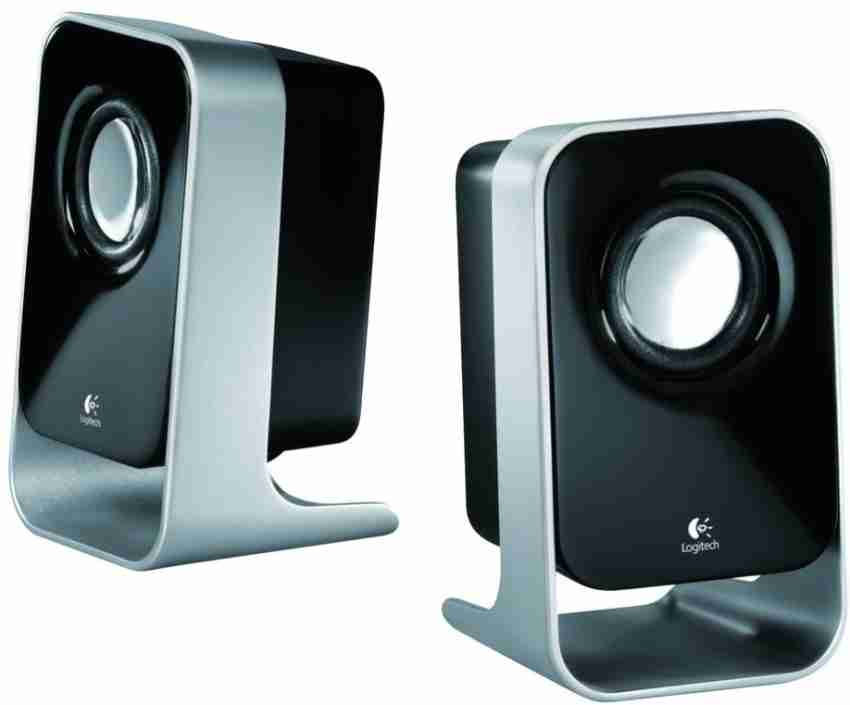
The rich tapestry of sounds emanating from a speaker can swiftly morph into a source of irritation when a persistent, uninvited buzz becomes part of the auditory experience. The subtle to blatant buzzing noise from speakers is not merely a disruptor of clear sound but also a beacon signaling that all is not well in the universe of our audio equipment. Navigating through this auditory predicament requires an exploration into the possible culprits behind speaker buzzing and, eventually, strategies to mitigate it.Dust accumulation can be a common issue that affects the performance of your speakers, prompting the need to fix my speaker dust.
- The Ubiquitous Culprit: Signal Interference
One common villain in the saga of speaker buzzing is electromagnetic interference (EMI) or radio-frequency interference (RFI). These interferences often originate from nearby electronic devices, such as routers, laptops, or cell phones, which can impose an unwanted buzz or hum into your speakers’ output. Ensuring a spatial separation between speakers and potential sources of EMI or RFI may alleviate this auditory nuisance.
- Amplifying Issues: Problems in the Amplifier
An amplifier, tasked with magnifying audio signals for playback through the speaker, can sometimes be the origin of that pesky buzzing sound. Issues such as a malfunctioning tube in tube amplifiers, or problems with the circuitry in solid-state amplifiers, can introduce unwelcome noise into the sound output. In such instances, a professional examination of the amplifier is prudent to diagnose and address the issue.
- Invasive Intruders: Issues with Wiring and Connections
The pathway of sound from source to speaker is navigated through a network of wires and connections, each of which can become an unwitting contributor to buzzing sounds if compromised. Loose, frayed, or otherwise damaged wiring can not only introduce interference but also potentially pose a risk to the longevity and safety of your audio setup. A thorough examination and subsequent repair or replacement of wiring and connections often resolve such disruptions.
- Internal Discord: Mechanical and Structural Issues
Sometimes the buzzing originates not from external or connected issues but from within the speaker itself. Mechanical issues, such as a loosened speaker cone, misaligned components, or wear and tear of internal parts, can create buzzing or rattling sounds. In such cases, a meticulous internal inspection and possible repair or replacement of parts may be necessary to reinstate clear, buzz-free sound.
- The Silent Saboteur: Poor Quality Sound Files
While often overlooked, the quality of the audio file being played can also be a contributor to unwanted noises. Low-bitrate files or poorly recorded tracks can introduce noise that might be perceived as a buzz or hum emanating from the speaker. Ensuring that the audio source is of high quality is fundamental in maintaining a clean and clear auditory output.
Addressing speaker buzzing is a multifaceted journey, demanding a strategic approach to diagnose and resolve the underlying issues. By ensuring that both the visible and invisible components – ranging from physical components like wiring to invisible elements like audio file quality – are in optimal condition, one can navigate towards a clear, enriching sound experience.
In deciphering the discord of buzzing, the enthusiast steps into a deeper relationship with their audio equipment, embracing an understanding that marries technical know-how with auditory appreciation. Thus, each buzz and hum are not merely a disruption of harmony but an invitation to understand, explore, and ultimately, enhance our sonic landscapes, ensuring that every note, beat, and chord is experienced in its purest, most resonant form.




